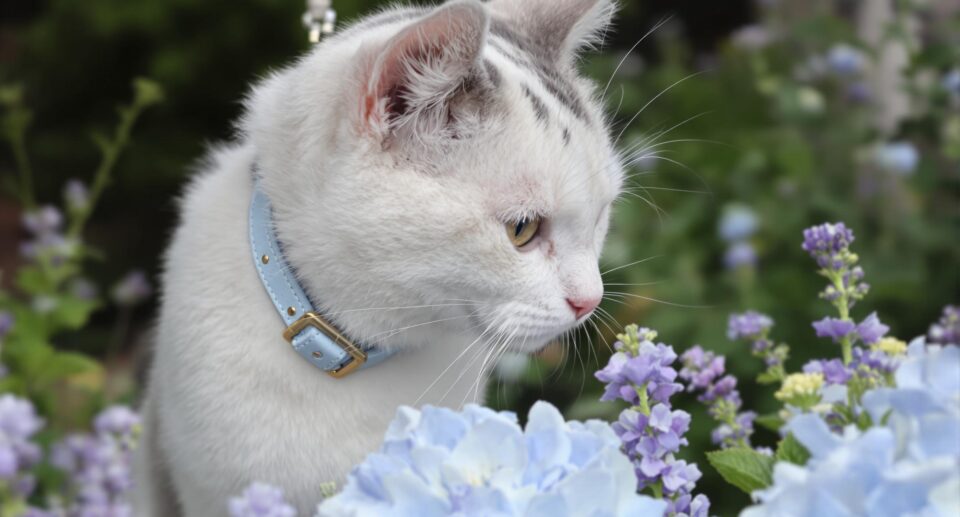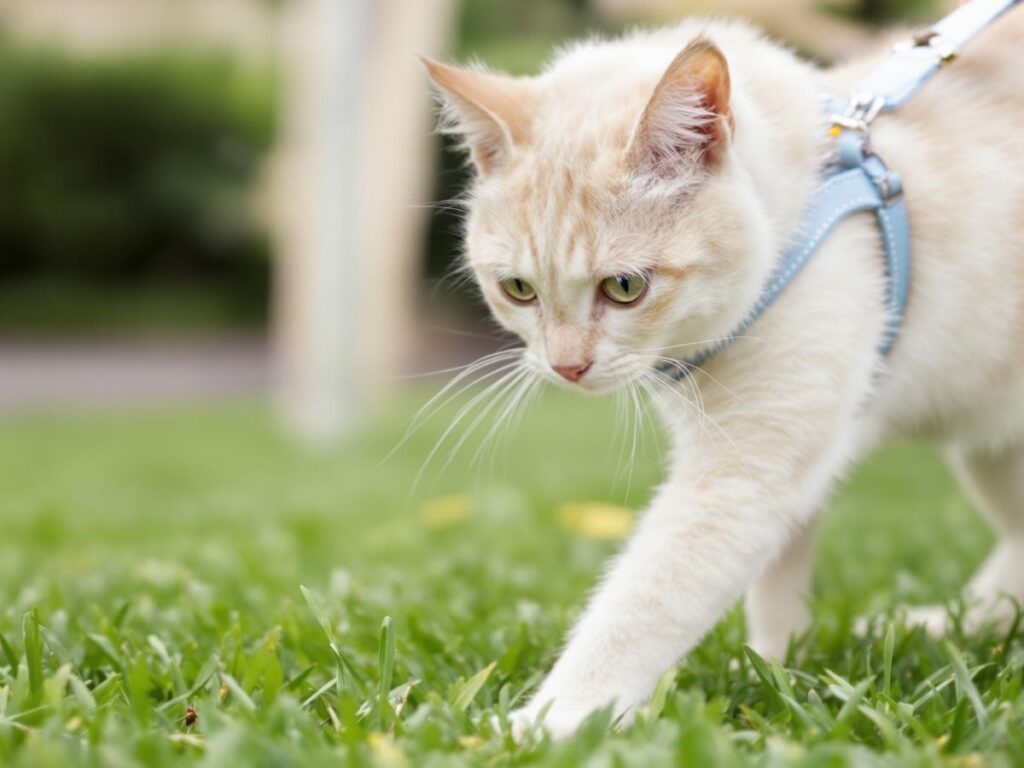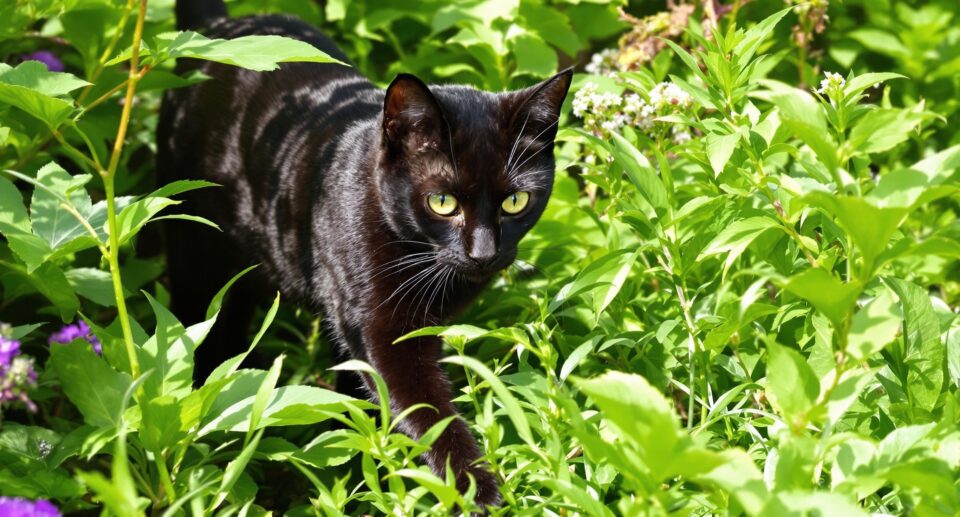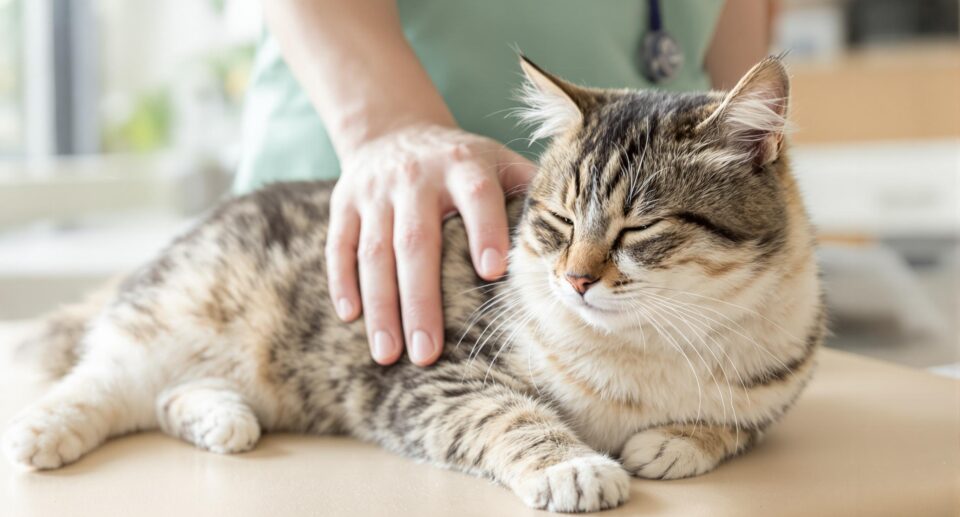
Key Takeaways
- Leash training allows cats to safely explore outdoors, providing mental stimulation, exercise, and a stronger bond with their owner.
- A slow, positive introduction to the harness and leash—starting indoors—helps build confidence and ensures a stress-free experience.
- Patience, consistency, and using rewards make leash training enjoyable for both you and your cat.
Cats may be known for their love of cozy indoor spots, but many have an undeniable curiosity about the world outside. While outdoor adventures can be risky, leash training offers a safe way for your cat to explore new sights, scents, and textures without the dangers of free-roaming. With the right approach, even the most cautious feline can learn to enjoy supervised walks, turning a simple outing into an enriching experience.
Helping your cat adjust to a leash takes time and patience, but the rewards are worth it. Walking together strengthens your bond, provides mental stimulation, and gives your cat a healthy outlet for their instincts. At PetHealthMD, we’re here to guide you through the process, offering practical tips to ensure every outdoor adventure is as safe as it’s enjoyable.
Why Leash Training Is Beneficial for Your Cat
Leash training allows your cat to safely enjoy the outside world without the risks associated with free-roaming. It provides enrichment, encourages movement, and strengthens your bond while keeping them out of harm’s way. Here’s what makes it beneficial:
- Engages their senses: Fresh air, rustling leaves, and new scents activate natural hunting instincts.
- Encourages movement: Walking and climbing help keep muscles strong and joints flexible.
- Prevents accidents: A leash keeps your cat from running into traffic, encountering aggressive animals, or getting lost.
- Strengthens trust: Each outing reinforces the bond between you and your cat through shared experiences.
With a leash, your cat can enjoy the excitement of the outdoors without the risks. Whether they’re watching birds or stretching in the sun, these little moments add up to a healthier, happier pet.

How to Leash Train Your Cat
Leash training takes patience, but it’s one of the safest ways to give your cat outdoor time. A slow, positive introduction to the harness and leash helps build confidence and makes the experience enjoyable for both you and your cat.
- Introduce the harness gradually: Place a cat-specific H-style harness near your cat’s favorite resting or eating spots for a few days. Let them sniff and investigate it at their own pace while offering treats to create a positive association.
- Try short harness sessions: Once your cat is comfortable, gently put the harness on during calm moments like playtime or meals. Keep these sessions brief—5 to 10 minutes—and reward calm behavior.
- Attach the leash indoors: Let your cat wear the harness with a lightweight leash attached while exploring indoors. Keep sessions short and positive.
- Use treats to guide movement: Encourage walking while wearing the harness with treats or toys. Keep training sessions around 3 to 5 minutes.
- Start outdoors in quiet spaces: Early morning or evening is ideal when there are fewer distractions. Let your cat explore at their own pace.
- Establish a routine: Cats thrive on consistency. Regular short walks will help reinforce training and make outdoor time a natural part of their day.
Some cats respond quickly, while others need more time. Bring a portable water bowl for longer walks, especially in warm weather. Stay patient and celebrate progress—every step forward is a win.
Common Cat Leash Training Questions
Can any cat learn to walk on a leash?
Most cats can be leash-trained, but their comfort level varies. Patience and positive reinforcement help even cautious cats adjust over time.
What if my cat refuses to wear a harness?
Let them get used to the harness before putting it on. Place it near their favorite spot and reward them for sniffing or investigating it. Gradually increase wear time.
How do I pick the best harness and leash?
Choose a lightweight, adjustable harness made for cats. Look for breathable materials, padded chest pieces, and quick-release buckles. A 4–6 foot leash gives your cat space to explore safely while keeping them close.
How long should training sessions last?
Short, positive sessions work best. Start with 5–10 minutes and adjust based on your cat’s comfort level. Signs of engagement—like a raised tail and perked ears—mean your cat is enjoying the process.
What safety measures help protect my cat?
Always check the harness fit before heading outside—it should be snug but comfortable. Train in a quiet, familiar space and avoid loud noises or sudden distractions. If your cat shows signs of stress, pause and try again later.
Encourage Safe and Happy Outdoor Adventures
Leash training is a great way to introduce your cat to the outdoors while keeping them protected. With the right gear, a gradual training process, and plenty of positive reinforcement—like rewarding successful walks with their favorite cat food—your feline companion can gain confidence and enjoy safe explorations by your side.
For more tools to support safe outdoor adventures, explore Cat Supplies at PetMeds. PetHealthMD offers reliable guidance on everything from harness selection to outdoor enrichment, helping you create rewarding adventures for your cat. With patience and consistency, leash training can become a fun and enriching experience that strengthens the bond between you and your pet.





